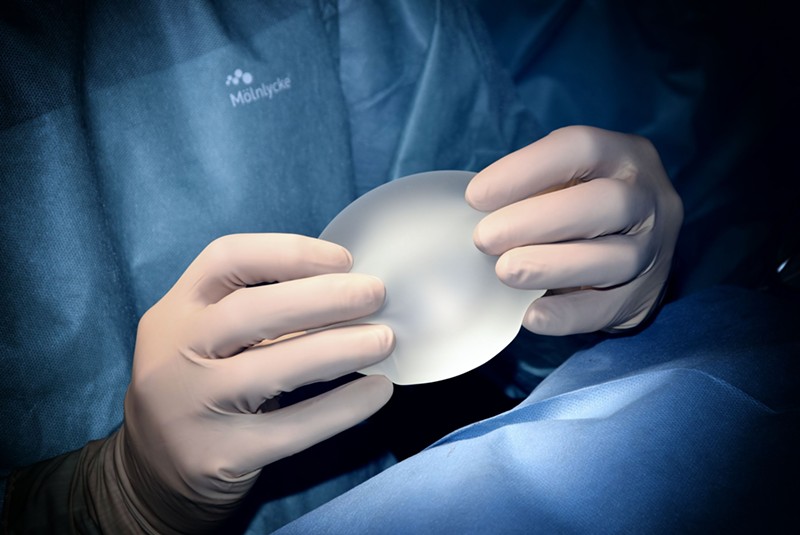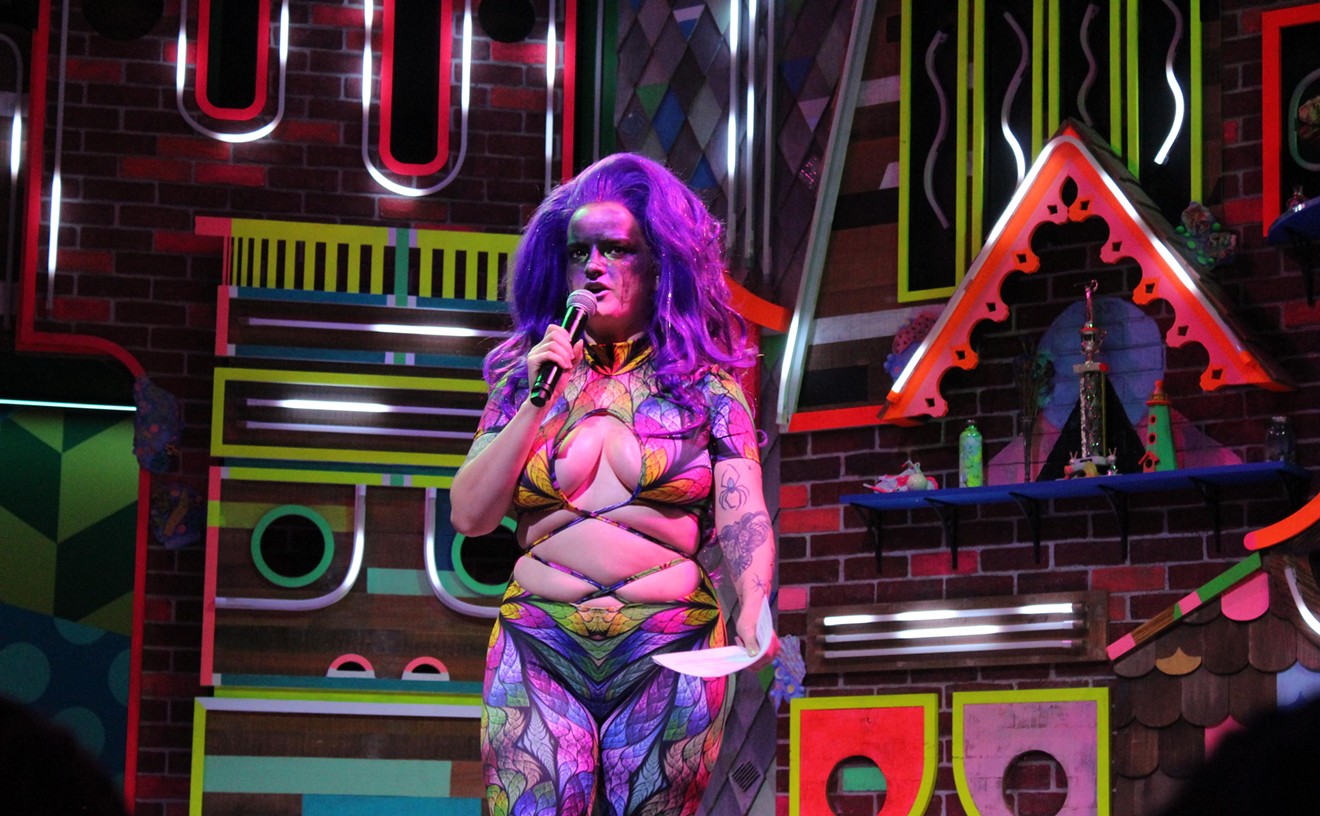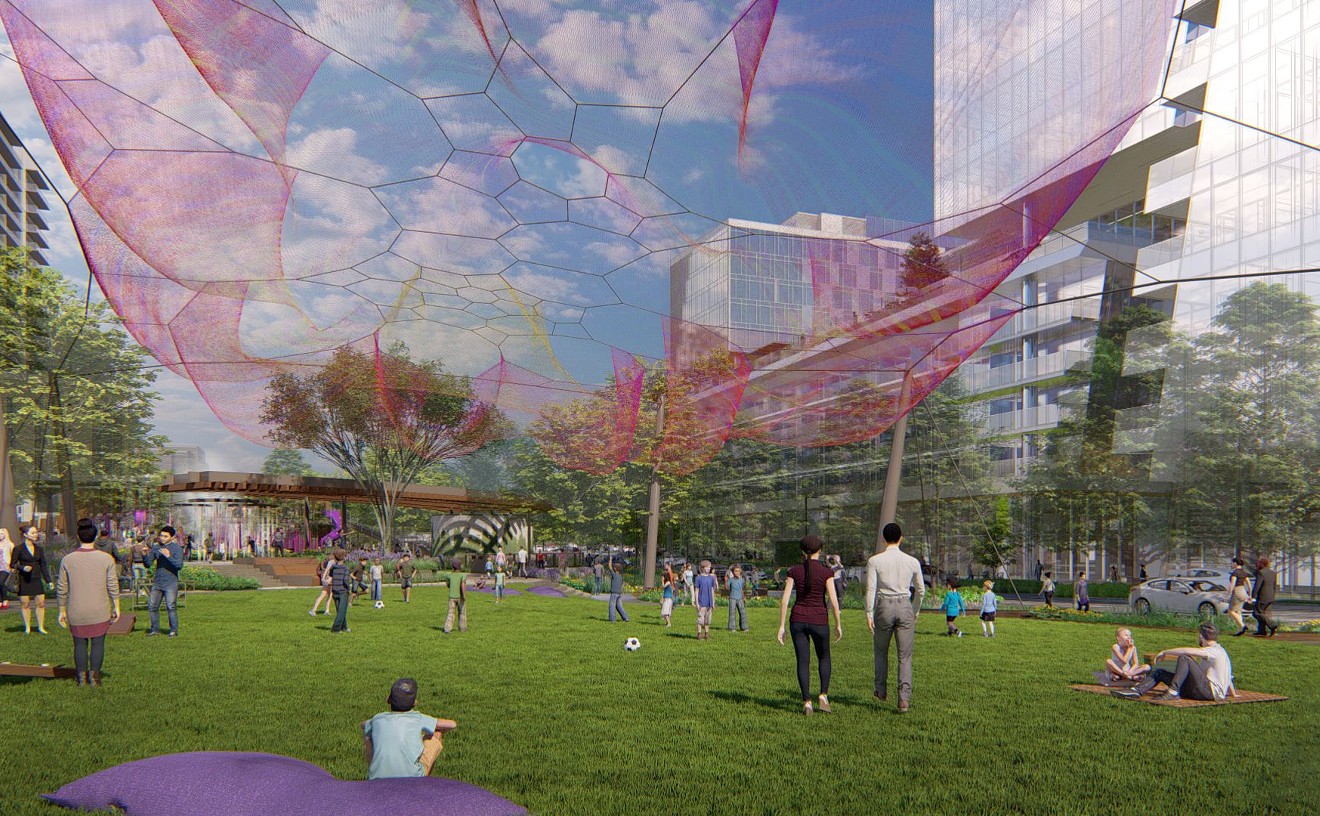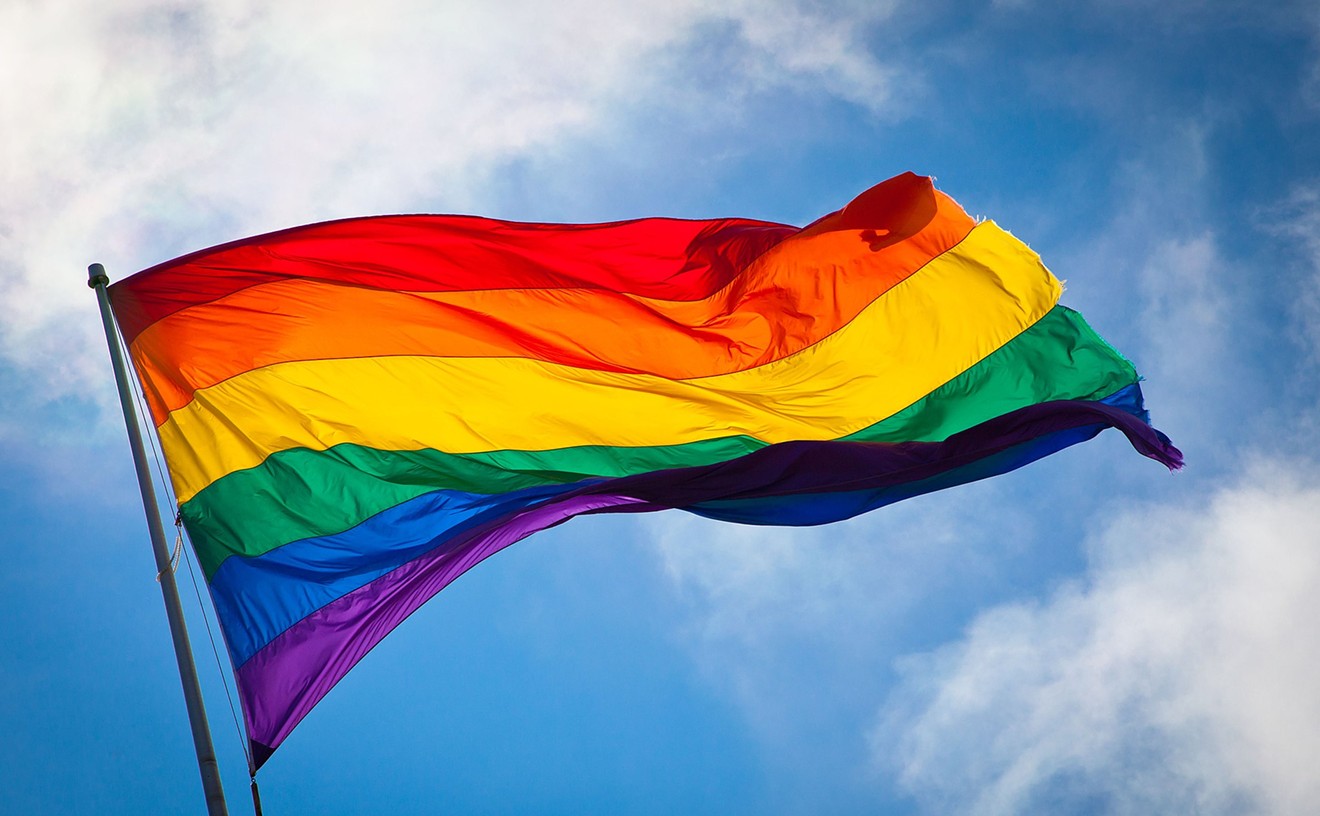“When COVID hit, we all had to shut down,” says John L. Burns, the president of the Dallas Plastic Surgery Institute. “We reopened in March of last year, but we were shut down for elective surgeries because of the mandate for about eight weeks. Coming back from COVID, we were very concerned about our business, obviously, in the middle of a pandemic. What surprised everybody that I know was the volume of interested patients in cosmetic surgery — and also nonsurgical things, like Botox and fillers and skincare and lasers — just came back like a force.”
At first, Burns thought the spike might be a backlog of patients, akin to the build-up of anxious clientele barbers and dentists faced after North Texas’ two-month lockdown. But the spike in business went on far longer than would a backlog, Burns says, and he doesn’t know why.
“Every aspect of our industry has increased dramatically,” he says. “It could be that people have more discretionary income. There’s a lot of stimulus money that’s been put into the economy by the government. It could be a psychological component, meaning that when people are stressed and they’re fearful and they’re depressed, the two things that seem to do well in this environment are alcohol and cosmetics or beauty. It just makes people feel better.
“Whatever the reason, we have seen probably a 30% increase in our cosmetic surgery volume,” he says. “Our volume is up 30% across the board. And I’ve talked to my drug reps — the ladies that sell the Botox and the fillers and the breast implants — and the whole industry has been booming.”
Another factor in the surge, Burns adds, could be the fact that patients working from home during lockdown had time to heal at home before going back out into public. Masks, too, could be another factor; they cover work done on the nose or lips while it’s healing.
Jelena Mitic, vice president of marketing for North Texas Plastic Surgery, says patients' ability to stay at home probably played a large role in the increase. They had the chance to recover discreetly at home without having to take time off from the office.
Mitic also suggests that the increase in public surgery might also be a function of the year's lack of activities, which led to inevitable savings.
“People aren’t traveling, people aren’t going out to eat; there’s just a lot more income available to people that they were able to do more elective surgeries at that time — or even if they needed surgeries — just because they were able to stay at home, recover,” Mitic says. “Being at home was a lot more helpful than having to take time off of work. Sometimes, just on elective surgeries alone, you would have to take up to two weeks away from daily activities, whether that was going to a job, traveling, or kids at school, or anything like that.”
Mitic, the number of plastic surgeries has recently declined, as people go back to the office, kids go back to school, families hit the road traveling, and the Delta variant enters the fray.
“People are putting that disposable income towards other things that were probably on hold this time last year,” she says.
Not all types of plastic surgery were in demand this pandemic season. Ricardo Meade, a doctor at the DPSI, points out that plastic surgeons do both elective and medically necessary surgeries. Drawing a distinction between the two is anything but black and white.
"While people were at home throughout the pandemic, I think they had some time to focus on their health and just kind of bettering something about themselves. Repairing their homes, repairing their bodies, a lot of that came to the forefront.” – Dr. Ricardo Meade
tweet this
Mammograms, for instance, intended to detect breast cancer, were deemed elective during the pandemic. Hence, many early-stage cancers were not detected, which means many mastectomies were not performed. Therefore, the number of breast reconstructions, which are performed by a plastic surgeon, declined steeply.
However, Meade notes that mammograms, mastectomies, breast reconstructions and other plastic surgeries — such as breast reductions for women with back pain or surgeries to remove extra tissue for weight-loss patients — could be considered medically necessary.
Elective cosmetic surgeries also decreased in March and April before climbing back to busy and busier numbers, Meade says. Done in ambulatory surgery centers that don’t have beds, ventilators or other materials to treat COVID-19 patients, electives procedures such as Botox doubled or even tripled. Breast reconstructions have yet to return to normal levels.
“While people were at home throughout the pandemic, I think they had some time to focus on their health and just kind of bettering something about themselves,” Meade says. “Repairing their homes, repairing their bodies, a lot of that came to the forefront.”
“We’re a little perplexed as well and thankful and grateful for it,” Burns says. “I don’t know that I have a single explanation for you as to what the driving factor is. I think it’s multifactorial. I think it’s all been very good at least for our business.”











